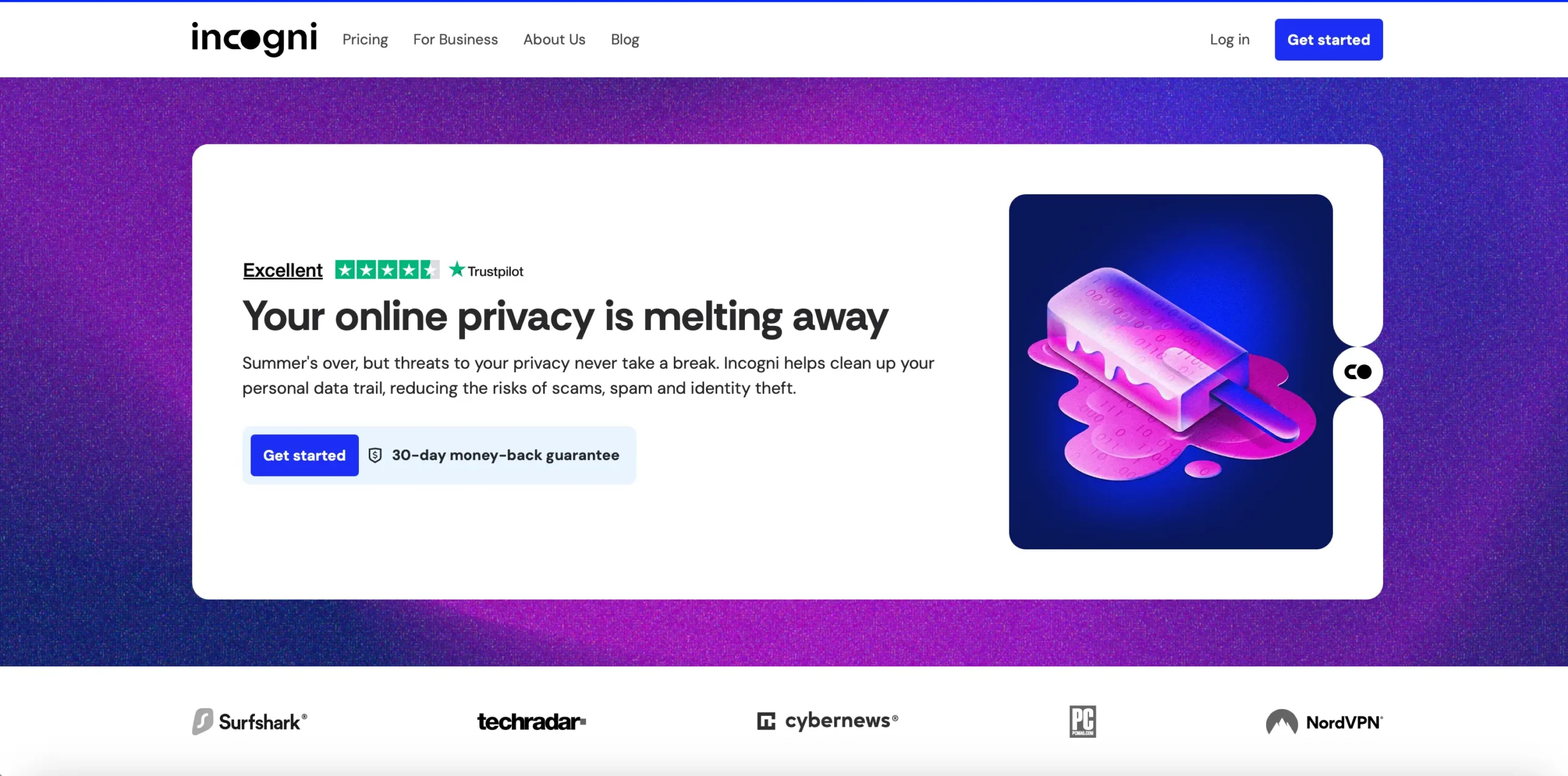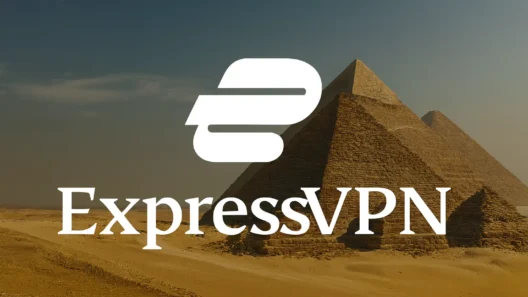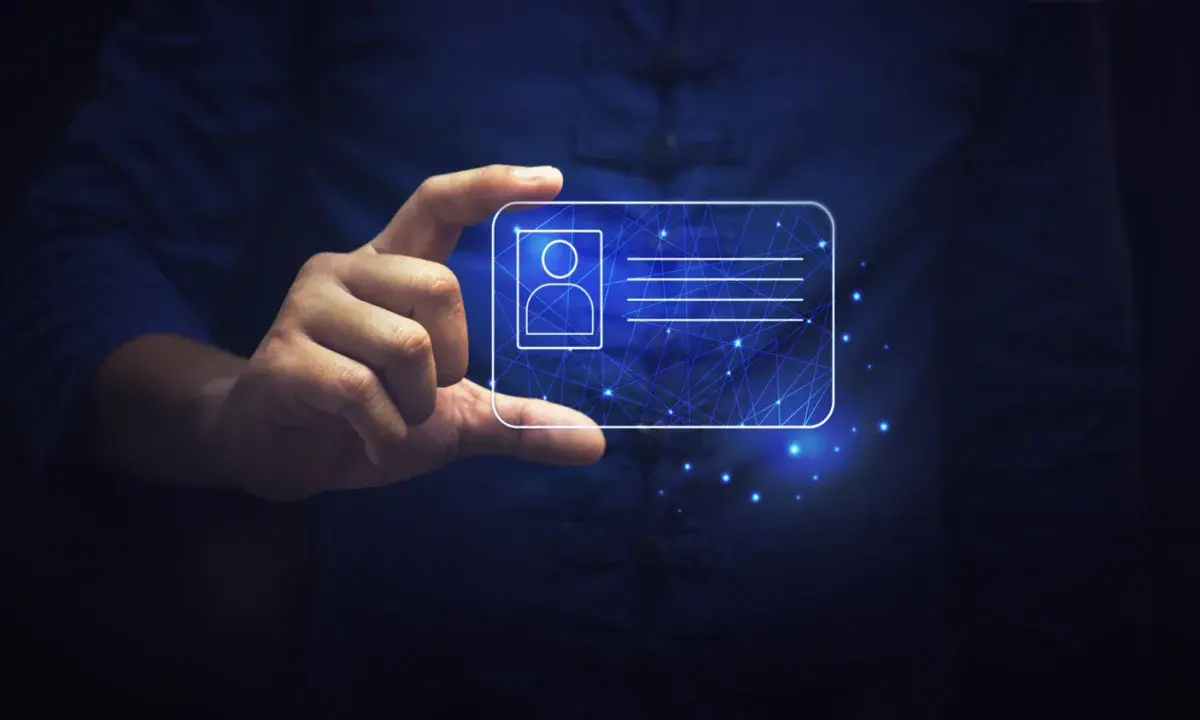You might think losing your wallet is a disaster—until you see what a cybercriminal can do with a few pieces of your personal info. In 2025, identity theft isn’t some horror story from faraway. It’s a real, growing threat that can flip your finances, stress levels, and trust in the digital world upside down.
So, how do you stay safe? What are the actual risks? And is it worth getting professional help? Let’s break it all down.
What Is Identity Theft & Why Should You Care?
Identity theft is when someone steals your personal data (think: name, address, Social Security number, bank info, login credentials) and uses it for fraud, theft, or even crimes in your name. This could mean anything from opening credit cards and draining your savings to buying a car or even committing crimes that get you into legal trouble.
In the digital age, everyone’s exposed:
- Every online registration, social media post, and shopping order leaves a digital breadcrumb trail.
- Hackers, scammers, and “data brokers” (who legally buy and sell your info) are always looking for new victims.
The Alarming Rise of Identity Theft
- Over 40 million Americans reported identity theft in the past year (source: FTC).
- Billions of dollars lost worldwide—every single year.
- Seniors, children, and anyone with a digital footprint are now at risk. No one’s immune.
Main Causes Today:
- Massive data breaches (think Equifax, Facebook)
- Phishing emails & scam calls
- Leaked info from social media oversharing
- Dark web marketplaces selling stolen details
The Real Costs: What Happens When Your Identity Gets Stolen
1. Financial Meltdown
- Ruined credit scores: Fraudulent loans and credit cards can make it impossible to get a mortgage or even a phone plan.
- Unauthorized transactions: You could wake up to find your accounts emptied.
- Recovery costs: Lawyers, endless paperwork, and lost wages—sometimes for months.
2. Emotional & Mental Fallout
- Stress and anxiety: Victims report sleepless nights, panic attacks, and constant worry.
- Loss of trust: In banks, online stores, even family members.
- Long-term insecurity: Once you’ve been burned, you’re always waiting for the next shoe to drop.
3. Legal Trouble
- Criminal records: Imagine being arrested for a crime you didn’t commit—because a scammer used your ID.
- Tax fraud: Scammers file tax returns in your name to grab refunds.
- Employment fraud: Someone gets a job using your identity, leaving you with IRS headaches or benefit loss.
Practical Examples: What Identity Theft Looks Like
Case 1: The Credit Card Nightmare
Sophie, a teacher, found her credit score plummeted overnight. Someone opened three credit cards in her name, maxed them out, and disappeared. It took over a year to clean up the mess—and she still struggles to get loans.
Case 2: The “New Job” Scam
A dad in California received IRS letters for income he never earned. Turns out, someone got hired using his Social Security number. It triggered a tax investigation and months of legal work.
Case 3: The Senior Scam
Elderly people are often targeted because they’re trusting and may not check online accounts. One retiree lost his life savings after falling for a phishing call pretending to be his bank.
Table: Identity Theft—Risks, Impacts & Solutions
| Risk / Scenario | Potential Impact | How to Protect Yourself |
|---|---|---|
| Credit card fraud | Damaged credit, debt collectors, lost funds | Credit monitoring, fraud alerts, strong passwords |
| Data breach | Personal info sold or leaked, blackmail | Use unique passwords, 2FA, check breach alerts |
| Phishing scam | Account takeovers, drained bank accounts | Don’t click suspicious links, verify senders |
| Medical identity theft | Wrong health records, denied care, big bills | Monitor insurance statements, report errors |
| Criminal identity theft | Legal trouble, wrongful arrest | Freeze credit, monitor criminal records |
Extra Tips: How to Protect Yourself (Without Losing Your Mind)
1. Freeze Your Credit
Most banks and credit bureaus let you freeze your credit—making it impossible for anyone (even you!) to open new lines without unfreezing.
2. Use a Password Manager
Stop reusing passwords! Use a manager to create and store unique, complex passwords for every account.
3. Two-Factor Authentication (2FA) Everywhere
Yes, it’s an extra step, but 2FA can stop most hackers cold—even if they have your password.
4. Watch Your Statements
Check your bank, credit card, and insurance statements every month. Flag anything weird immediately.
5. Shred Sensitive Paperwork
Don’t toss bank statements or tax docs in the trash—shred them first!
6. Teach Your Family
Kids and seniors are prime targets. Show them how scams work and what to watch out for.
7. Remove Yourself from Data Brokers
You can manually request data removal (tedious), or use a service like Incogni to automate the process and keep your info off the market.
8. Set Up Free Fraud Alerts
Most credit bureaus offer free fraud alerts that notify you when someone tries to open credit in your name.
Why Identity Theft Protection Services Are Worth It
Freezing credit and being careful help, but professional services do more—they:
- Monitor the dark web for your info
- Alert you instantly to suspicious activity
- Remove your data from brokers
- Help recover your identity after an attack
- Cover legal costs and lost funds (with insurance, depending on plan)
Spotlight: How Incogni Works

Incogni’s platform scans for your data across hundreds of brokers, sends removal requests, and keeps sending them (because brokers often recollect your data). You see all progress on a user-friendly dashboard.
With their Family & Friends plan, you can protect up to 4 loved ones (including kids or elderly parents), track up to 3 phone numbers, 3 emails, and 3 addresses per person. And right now, annual plans are up to 50% off.
Can You Protect Yourself Without Paying?
Yes, but it’s manual and time-consuming:
- Regularly check your credit reports (in the US, you get one free per year per bureau).
- Set up fraud alerts and freeze your credit.
- Watch for phishing scams and suspicious calls.
- Remove your data from broker sites by sending requests yourself.
But honestly? A paid service like Incogni saves you hours, covers more ground, and is updated constantly.
Conclusion: Don’t Wait Until It’s Too Late
Your identity is more valuable than your wallet. Once it’s stolen, it’s a nightmare to get back.
Being proactive—using smart habits, educating your loved ones, and investing in professional protection—can save you endless stress and serious money. In 2025, it’s just common sense.
Frequently Asked Questions (FAQ)
How fast will I know if my identity is stolen?
Usually, you only find out when damage is already done—unless you have 24/7 monitoring.
Is identity theft just a US thing?
Nope—Europe, Asia, Australia… wherever you live, it’s a threat.
Can kids really have their identity stolen?
Absolutely. In fact, thieves love “clean” credit histories—they can go undetected for years
How much does Incogni cost?
As of now, about $7.49/month for individuals, $16.49/month for families—often with discounts here.
What if I’m already a victim?
Act fast: Freeze credit, file a police report, call your bank, and start the recovery process with a professional service.














